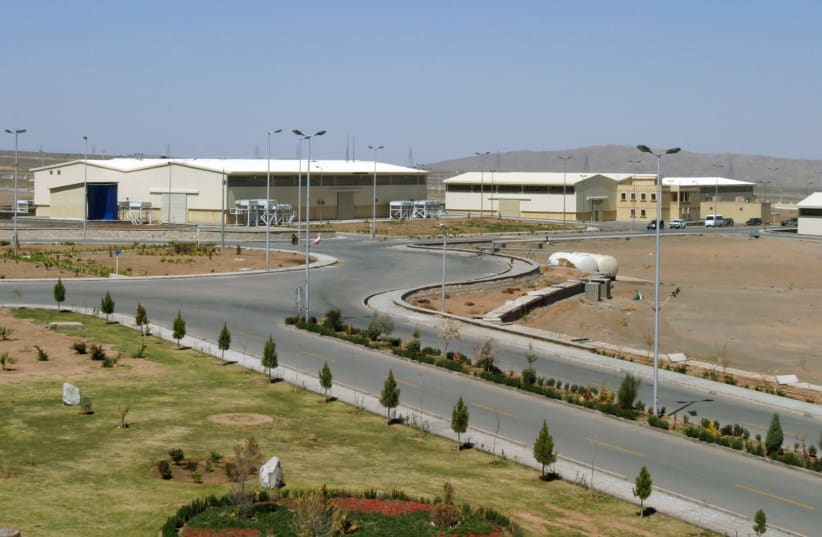The Natanz Fuel Enrichment Plant (FEP), covering 100,000 square meters and built eight meters underground, is one of several Iranian facilities monitored by the International Atomic Energy Agency (IAEA), a UN nuclear watchdog.
"The incident took place in a facility in an open area near Iran's Natanz nuclear facility. There were no casualties or damages and the nuclear site is operating as usual," Iran's nuclear agency's spokesman, Behrouz Kamalvandi, was quoted as saying by Iran's Tasnim news agency.
A team of experts from Iran's Atomic Energy Organization are investigating the cause of the incident, he said."There is no concern about the possibility of contamination as one of the sheds which was inactive and under construction was damaged and not the facility itself," Kamalvandi told state news agency IRNA.The incident immediately raised speculation whether someone physically sabotaged Natanz, hacked it using cyber weapons or whether Iran itself accidentally caused the incident by some kind of technological failure.
It is also unclear, since Iran often lies about setbacks, whether the damage was only to the nearby construction site or also to Natanz enrichment facility itself.
In 2010, Israel and the US reportedly launched an operation called "Olympic Games" which inserted a worm into the centrifuge cascades at Natanz, destroying close to 1,000 and setting back the Iranian nuclear program.
A June report by the IAEA described Iran has having redeployed cascades of 164 IR-2m and IR-4 centrifuges, representing Iran’s most successful advanced centrifuge types. However, Iran has also experimented with IR-8s and even IR-9s, and had many failures and large numbers of broken centrifuges for which hacking was not responsible.
Last week, a gas storage facility or medical center in Tehran exploded, killing 19 people and leaving dozens injured, according to Iranian media. The Islamic Republic claimed the explosion was caused by a gas leak and that it is probing the incident.However, with the gas incident is so close to this one, speculation is only likely to increase.
Recall, in May Iran tried to hack Israel's water sector. Jerusalem has implied through multiple officials that it responded by hacking Iran's Shahid Rajaee Port.
While neither Iran's hack nor Israel's resulted in loss of life, Israel made it clear that it was angry with Tehran for crossing red lines and that the Jewish state would act to restore deterrence.
